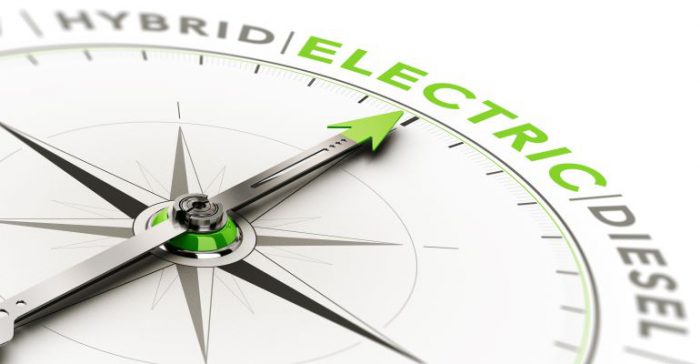dnv.com, 4/20/22.
President Biden announced the most extensive plan this nation has ever seen for the electric vehicle (EV) industry. He kept his campaign promise to invest in a more sustainable future by proposing the investment of over $174 billion in the EV market. That budget will be responsible for building out a new network of 500,000 EV chargers nationwide by 2030 (the U.S. currently has about 100,000 public charging ports) as well as electrifying 20% of the existing school bus fleet and replacing 50,000 diesel transit vehicles with electric vehicles. But why now?
Beyond the pressing need to address climate change, there is a competitive advantage to being an early player in the EV market. Currently, China dominates the EV market, and Europe is making a name for itself as a fast-growing contender (including key countries like Norway), with a 44% increase in EV sales in 2019 compared to 2018. It is critical that the U.S. remain a leader in worldwide efforts to transition to low- or zero-emissions transportation in the coming decades.

Economically, Biden’s announcement comes at a time when thousands of Americans are recovering from the socioeconomic disruptions of 2020’s global pandemic. The plan offers hope for abundant new jobs as dramatically increased efforts from manufacturers, utilities, planners, city workers, and laborers will be necessary to support the transition to mass production of EVs, batteries, and other vehicle components as well as EV charging infrastructure; to install the new charging infrastructure; and to support the EV transition in the long term. Moreover, Biden’s plan outlines a focus on the development of domestic supply chains to support a robust EV market, meaning investment dollars will benefit the U.S. economy through utilization of American-made materials and shipped on U.S. flagged and crewed ships. Additionally, it provides opportunities for small businesses to engage in the nation’s growing EV market. This could help the hard-hit small business segment get back on its feet after the global pandemic.
Another major pillar in Biden’s Infrastructure Plan is investment in energy equity and targeted support for traditionally underserved communities. The plan focuses not only on clean transportation and related infrastructure but also on resilient systems that can withstand severe weather and power outages. Investment in resilient transit programs translates into investment in underserved communities as in many locations, low-income communities or communities of color are in areas more regularly affected by hurricanes, tornadoes, floods, and other natural disasters. In addition, the infrastructure plan promises more jobs, job education, and training to members of underserved communities. Maintaining equity in the energy transition has proven difficult thus far in building out sustainable infrastructure and solutions, but this plan seeks to break down barriers in delivering an inclusive roadmap for the future of the transition to zero emissions in the United States.

The most critical and obvious advantages of investing in clean transportation and infrastructure are in the environmental benefits: take a diesel school bus, which emits 51% more GHG emissions than an electric bus that runs on coal-powered electricity. Biden’s plan seeks to replace 20% of the 480,000 diesel school buses in operation in the U.S.; that’s 96,000 new electric buses by 2030. Given that approximately 25 million children ride the bus to and from school every day, 96,000 electric buses could significantly reduce child exposure to harmful tailpipe emissions that contribute to asthma and other serious respiratory conditions.

The infrastructure plan is an ambitious proposal that aims high on many fronts, including rebuilding and strengthening America’s existing transportation infrastructure, creating jobs across the country, addressing historical inequities, and ensuring America can keep developing the transformative technology we need to defeat climate change. Details and cost figures are likely to change as this bill passes through the legislative process. While some will have concerns about the proposal’s cost, the Biden administration clearly sees this as an opportunity to redefine infrastructure policy, reinvigorate the American economy, and invest in a sustainable future against the backdrop of a once-in-a-century pandemic. As Transportation Secretary Pete Buttigieg said, “This is the biggest investment in American job creation proposed or, if achieved, since World War II. This is a huge deal.” We agree – this is a huge deal. We can’t wait to see how this plays out.
